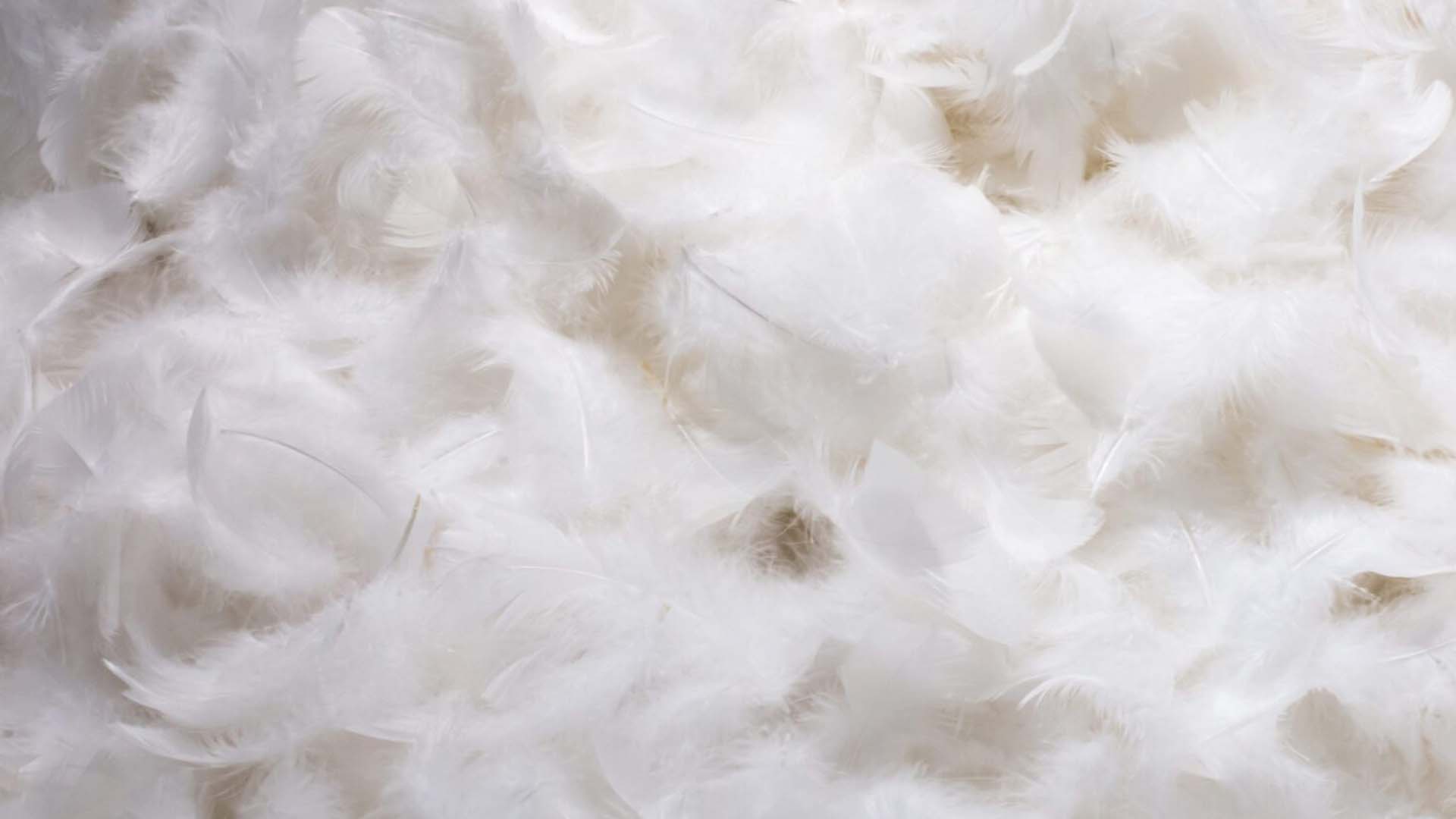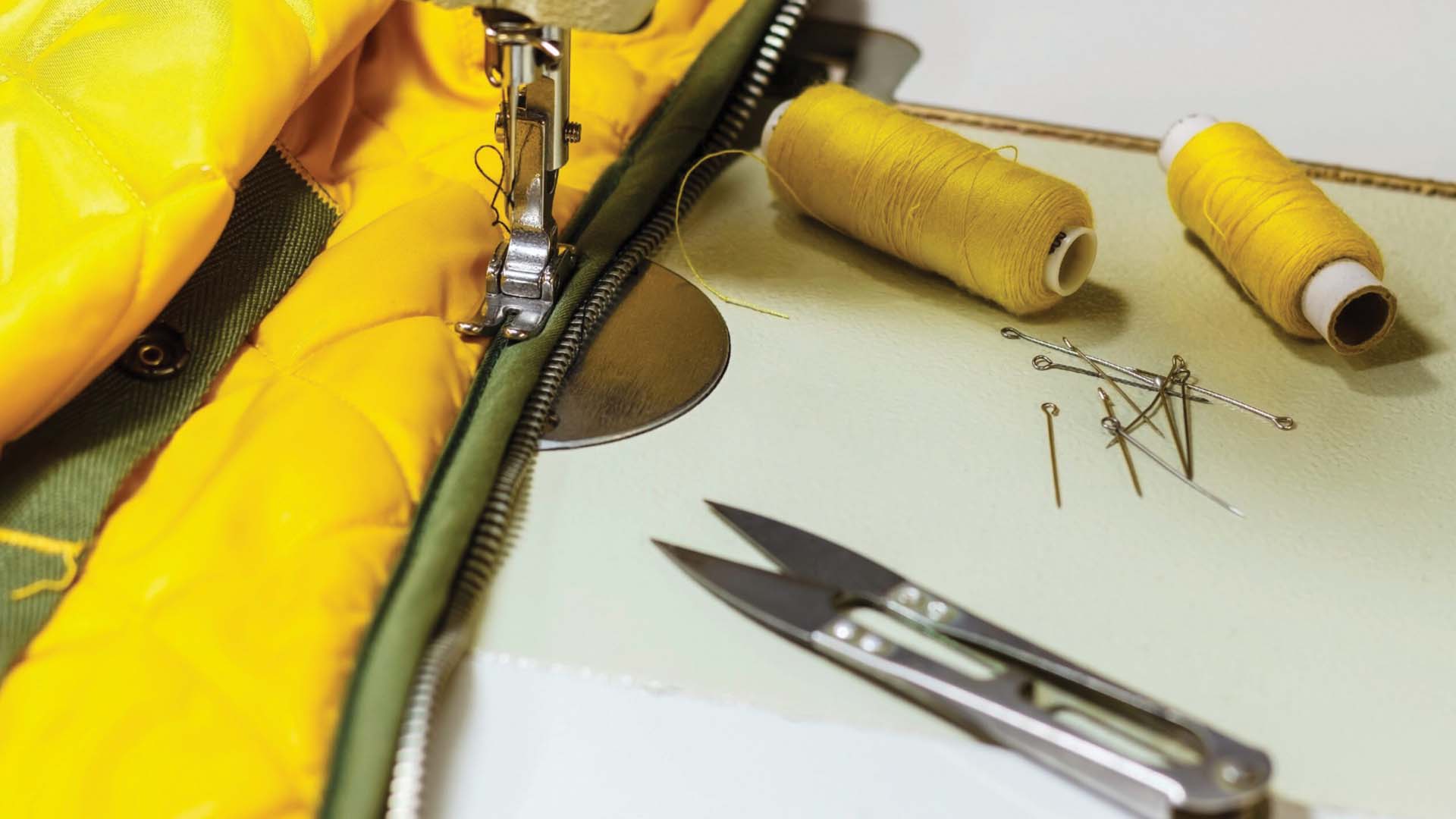Have you ever wondered how winter jackets actually keep us warm? Just how is it possible for us to brave the blistering cold for hot chocolate and Old Navy sales and remain unfettered? There’s much more than meets the eye when it comes to keeping humans warm.
It starts with the designer. Every fashion label, no matter how high-end, has to consider both form and function when it comes to winter coats. It must be insulating, but comfortable to wear. Heat must be kept in, but not so much that we overheat. Cut, color, and material are all decided upon. Perhaps most important is choosing the filling. The insulation determines the heaviness of the jacket and the cost. As for styling, you can check the social profiles of Rachel Richardson or Meghann Dehaan for inspiration.
The Down Difference
The two main types of insulation are down and synthetic filling. Down are the fluffy feathers found towards the skin on geese and ducks. It was and still is the most popular filling for winter jackets. It’s very good at retaining heat but bunches up when wet. Furthermore, the amount of down needed to mass produce coats requires a lot of birds- not all of which are treated kindly.

On the other hand, it is synthetic insulation. It can be expensive to produce, thereby raising the price of the jacket overall. It doesn’t compare to the real thing in warmth-to-weight ratios. A jacket made of synthetic material will weigh much more to hold in the same amount of warmth. However, coverage is more consistent than down. Waterproof winter jackets are also typically made from synthetic insulation.
Layer by Layer
Once the insulation is picked, it’s up to the tailor to build the layers. A huge roll of fabric is laid out, with the pattern laid over top. The pattern was previously printed out onto giant sheets of paper. The pattern is pinned into place, and the pieces are cut out using electric scissors. The scissors are powerful enough for multiple layers to be cut out at once. Each layer of fabric is laid out and filled with the appropriate stuffing. This means that the finished winter jacket is made up of two coats sewn together- the inner, warmer layer, and the windbreaker outer layer.
In the video below, you can see that the polyester filling is larger than the jacket itself. This is a deliberate choice to ensure each part of the coat is well-insulated. As mentioned above, the filling tends to compress and “leak” heat. If the filling is larger than the coat itself, compression becomes a non-issue. This is also why many winter jackets are so puffy.

Sew What?
Obviously, excess insulation is cut off (if possible). Nobody wants to buy a coat with the filling hanging out! Each layer is sewn individually, either manually or using an automated machine. Whether a typical sewing machine is used depends on the quality of the jacket and the size of the piece. You might also notice the double stitching at the end of the coat. This is to, again, hold the filling in place and add durability. It is known as an overlock.
Once the inner jacket is complete, it’s time for the windbreaker. Typically, this is made from nylon or another waterproof material. You’d want something that blocks out moisture when playing in the snow, after all. Nylon has tiny holes in the fabric to allow humidity to escape. This keeps the wearer warm without overheating. The holes are small enough that wind and water can’t enter.
The two jackets are sewn together. If you look closely at your winter jacket, you will see that there are no seams through the jacket. If there were, it would ruin the insulation. Any stitching to join the two jackets is at points where it is necessary. Don’t worry- it’s still plenty sturdy and capable of typical wear-and-tear. For extreme sports, more durable material and stitching is used.
Devil’s in the Details
Finally comes the details that make the winter jacket. Zippers are sewn on and tested. Snaps are added at the cuffs and other key points. If there is an embroidered design, this is when it is added. Designers upload the embroidery pattern to a computer and allow a machine to sew it onto the jacket. Unlike the coat itself, which requires human attention, the sewing of the design is so precise that a machine is required. It also saves time. The embroidery would take quite a while to do by hand, whereas a machine can complete it in minutes.
The finished coat is packaged up and shipped to retailers or directly to the consumer. Maybe they put it on right away. Maybe it’s hung in a closet until the next snowstorm. Whatever the case, the completed winter jacket is ready to keep the wearer warm and comfortable. And the manufacturer goes on to work on the next garment.







